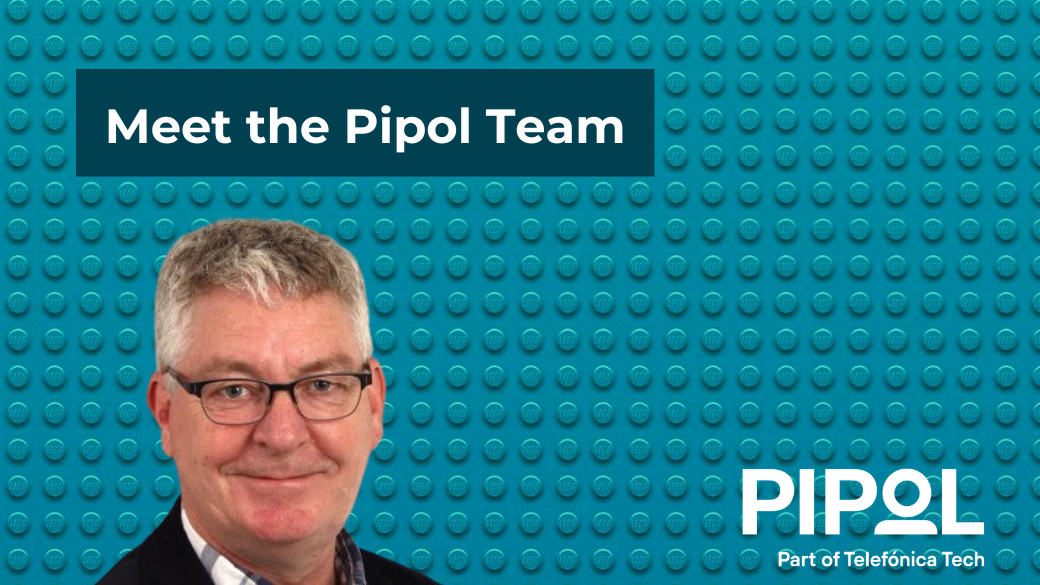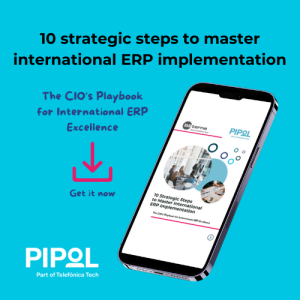How to get the most out of international implementations: CORE Strategy

How can you gain optimal value out of international implementation of ERP projects and process harmonization?
Our recommendation: utilize a CORE (COrporate REquirements) strategy. It’s Pipol’s term for a practical, flexible, and strategic model that helps maximize international implementations. A solution with well-defined corporate requirements enables successful harmonization of processes across an organization. A CORE strategy helps you determine (1) what level of harmonization is possible in your organization, and (2) how to achieve success, based on your goals. It mirrors the general aim of an ERP solution, and facilitates reusing work done once in multiple implementations.
MORE ABOUT CORE
Our CORE solution is a superb model for a centrally driven ERP project, which enables you to get the most out of an international implementation. It organizes corporate functionality, reporting, and business practices ‒ in a package that can then be duplicated and put to work in company subsidiaries.
More than just an operational deployment manual, it offers an organizational model for how to approach the project from a business perspective. A complete business toolkit for international implementation, it includes the following:
– Overall solution description
– Documented processes & workflow descriptions
– Master data
– Project charter & organization
– Project plan & activity breakdown
– Implementation templates
– Communication plan
– Escalation paths for risks, change requests & incidents
– Parallel change management requirements evaluation & actions
The CORE strategy model is flexible, designed for the level of centralization that your organization requires. (Most organizations typically fall into a category where harmonization should be implemented gradually.)
WHAT ABOUT LOCAL RESISTANCE?
In order to minimize local resistance and influence behavior, involvement in planning and continuous communication are key. Global process owners must align with local process stakeholders. A single project portal should be used, and communication must be ongoing, accurate, and timely. Involving people across the organization in planning will be extremely advantageous when it’s time to implement.
FOLLOW THE ROADMAP
How mature is your organization? And how will your organization’s culture and politics affect the project? It’s critical that the project’s scope is adjusted to match an organization’s ambitions, and a CORE strategy helps adjust that strategy. A project roadmap serves as a critical blueprint for both technical and organizational scoping, enabling you to move towards a more lean organization, gradually. Want to vary the focus of your project (according to business units, sites, business areas, or processes/solutions)? No problem: you can create different strategies for different regions and business units. CORE is the key.
SUCCESSFUL ERP IMPLEMENTATION
Want to learn more about how a CORE (COrporate REquirements) solution can help to ensure successful harmonization processes across your international organization? Take a look at our white paper on CORE STRATEGY.
| Thank you, your whitepaper is on its way to you Core StrategyA MODEL FOR GETTING OPTIMAL VALUE OUT OF INTERNATIONAL ERP PROJECTS AND PROCESS HARMONIZATION This paper will briefly introduce you to the concept of a CORE strategy –a practical and strategic model that helps you get the most out of international implementations where the goal is to achieve greater harmonization of processes across your organization. |





